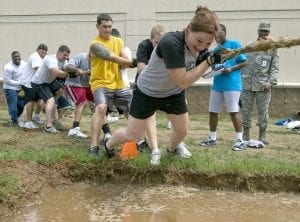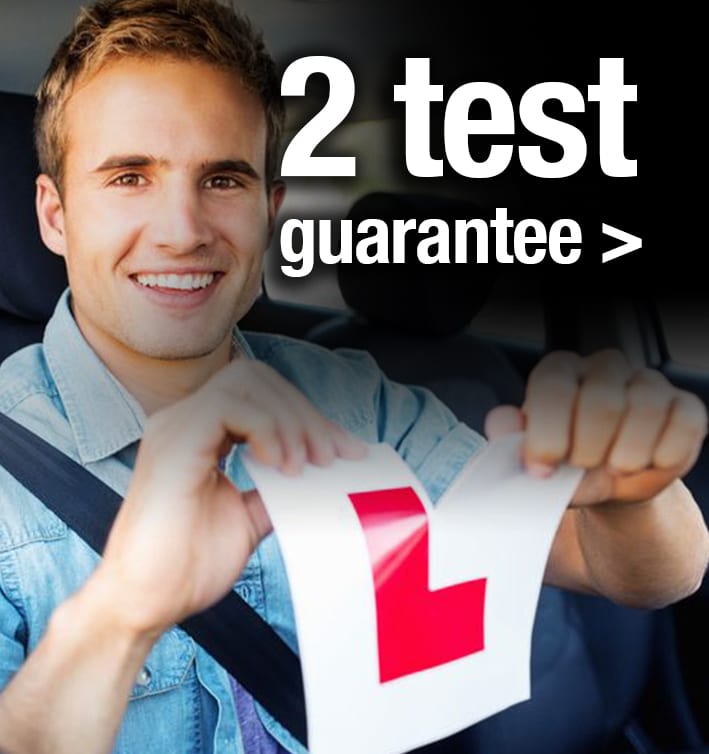
In this blog, owner of BIG TOM Driving School, Tom Ingram provides some advice to learner drivers about the key skill to develop of anticipation.
My teenage son has recently qualified as a football referee and in the first few games since passing his course he is often about 3-4 seconds behind the play because crucially he is not anticipating when there is likely to be an important assessment to be made. He plays the game himself so he knows the pace of the game, he knows the importance of timing of tackles, off side, and hand balls. But as a referee he is not yet used to reading how incidents can quickly evolve when it involves OTHERS.
But turning this round now to a driving context, a “critical incident” is something that simply cannot be ignored, it WILL involve some positive action of some kind by a driver. A good driver will be able to anticipate and identify these incidents in a timely manner, they will have time to consider all options and then decide on the most suitable for their needs.
Some learners, quite understandably, expect all road users to abide by the rules of the road (the Highway Code), and will not be expecting a pedestrian/cyclist/driver/rider to do the unconventional. But as my son is discovering, football players don’t necessarily play by the rules. On the road, things will develop up ahead that do not follow convention, they will be odd. A driver will give another driver priority that goes against the theory. A pedestrian will wave a car driver through a zebra crossing. A driver will be in the theoretical wrong position on a roundabout for where they are going and they may not have a correct signal on. And on it goes. As a driver, we have to identify these situations, assess what is happening, anticipate how the incident is about to proceed and consider what options there are to deal with it.
Often, central mirror check and “off gas” (meaning take your right foot off the gas pedal) is a very good first move as that will provide some time to help assess. However, it is quite common for the instinctive response in these situations to be to stay on the gas. I don’t necessarily mean accelerate but just not decelerating via “engine braking”.
The other obstacle here though is simply not anticipating the critical incident in the first place. The bus that pulls into the bus stop in the distance may well be pulling out again by the time you get there. As you approach the “T” junction where one side is blind but the other is open, do not get distracted by the open side, as the blind side might well affect you – you just can’t see it yet. The double bend in the town road might have a lorry or bus coming your way that encroaches on your side of the road – just because you can’t see it, you can still anticipate it. The driver of the vehicle to the side of you on a multi-lane roundabout may not be disciplined ON the roundabout – anticipate it in advance, it may affect you in the next minute of driving. The green traffic light that has been green since you noticed it, that MAY turn amber on you.
Anticipating these critical incidents before they directly affect you is not a luxury or nicety, it is not something that as a driving instructor I am being unnecessarily picky about. As a driver, you have a responsibility to develop this skill. The consequences for drivers who fail in this regard are not insignificant: breaking the law, inconveniencing others, causing an accident, making your passengers feel anxious.
You will not necessarily consciously know about this shortcoming. Much as my son will not be able to recognise (at the moment) that his delay is a mindset problem. He must referee his games EXPECTING players to flout the rules, he should develop his anticipation so that he can recognise a pattern of play that is higher risk, and more likely to require intervention. This might take some time. He may need to build his experience. As learner drivers there may also be a need to be rather more suspicious of the behaviours on the roads, more prepared to accept that something may occur. As tempting as it is to solely concentrate on your own driving actions there is a need to pay attention to what is going on around you and appreciate that events can change very quickly.
This does not necessarily have to be a “speed” issue, not in the slightest. Many drivers have accidents in car parks where the speed is extremely low, sometimes involving a vehicle that is actually stationary. But what needs to be realised is the increased risk. It is the risk that is associated with drivers navigating around in tight spots, often involving reversing, perhaps with inadequate observations taking place. If you pay no attention to how risk changes when driving, then you are liable to having to react to situations.
BIG TOM Driving School Intensive Driving Courses in Lincoln, Peterborough, Grantham, Spalding, Stamford and Boston Bookings 0775 607 1464




